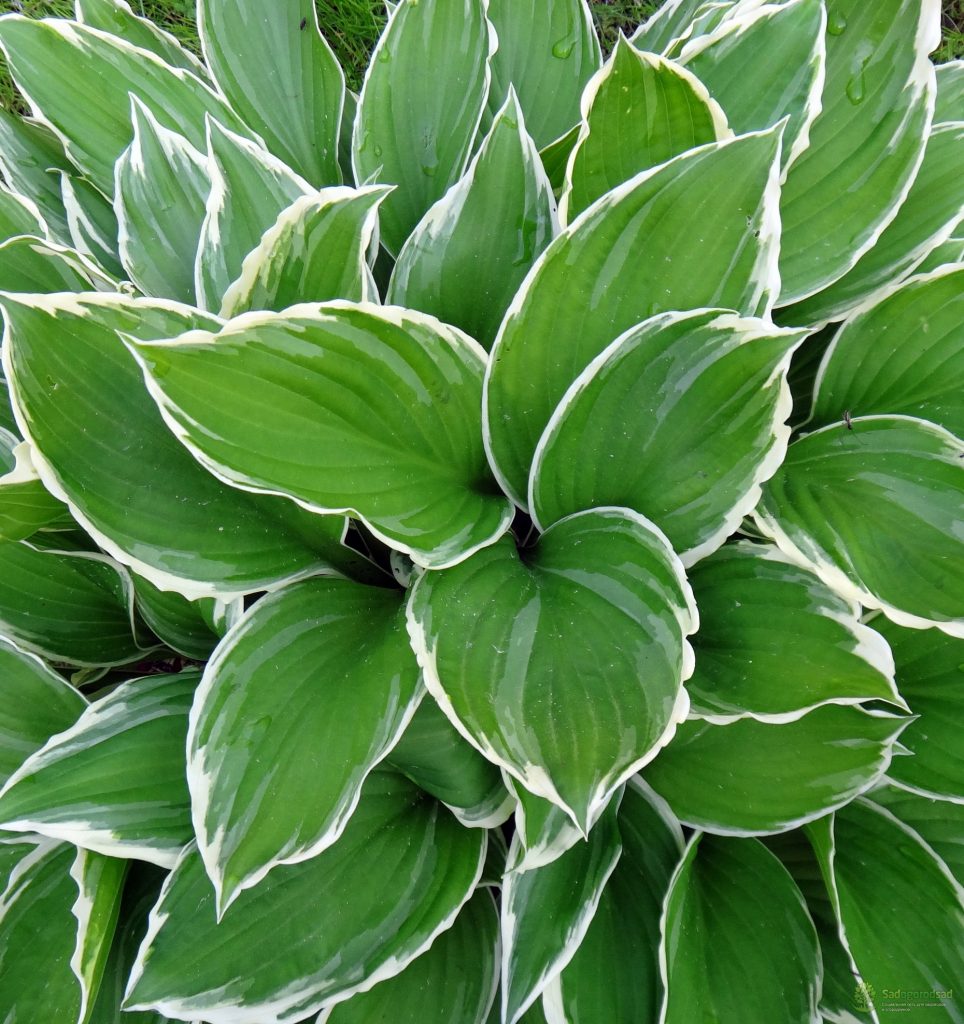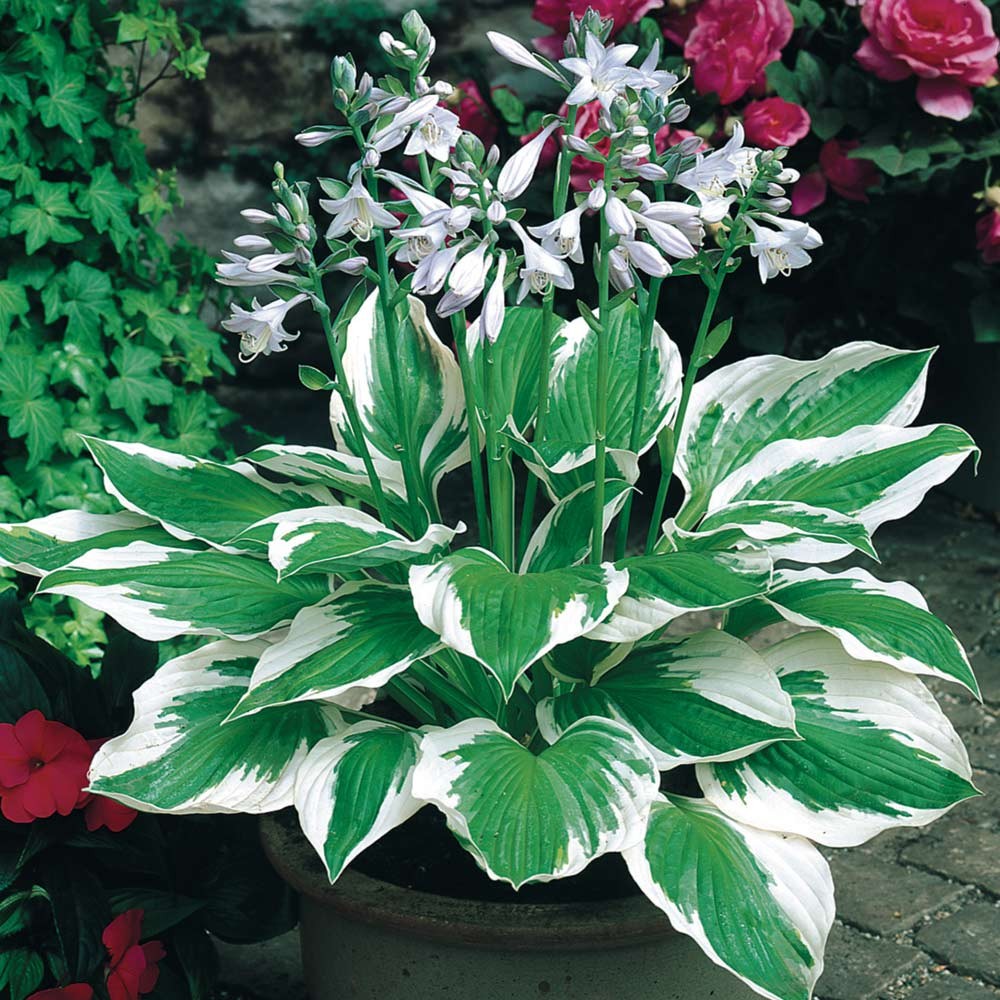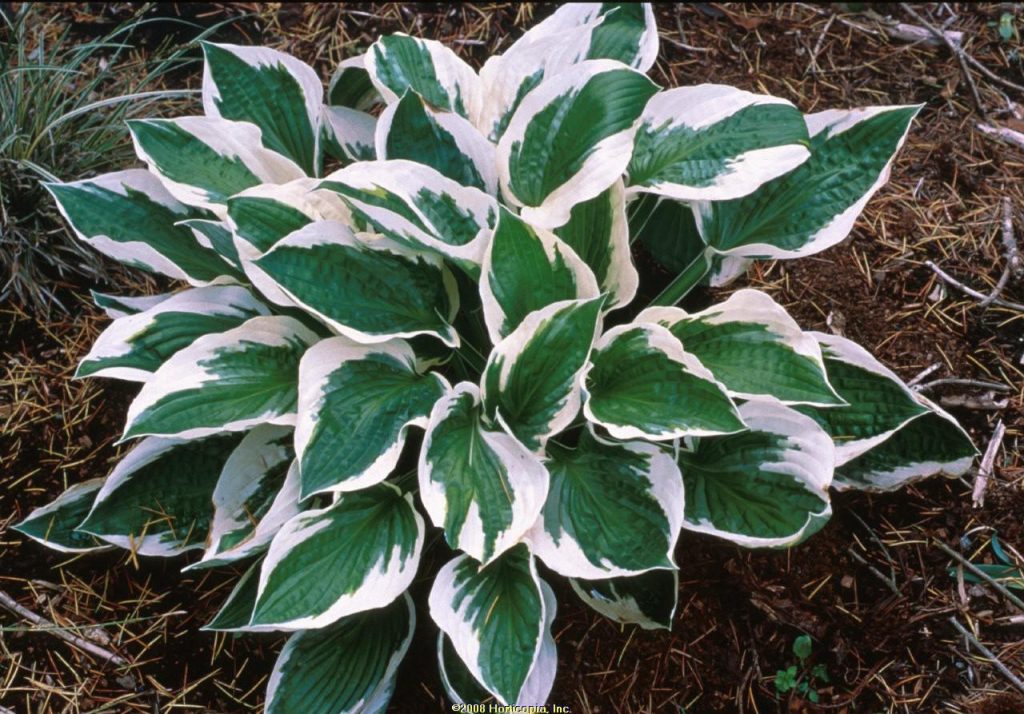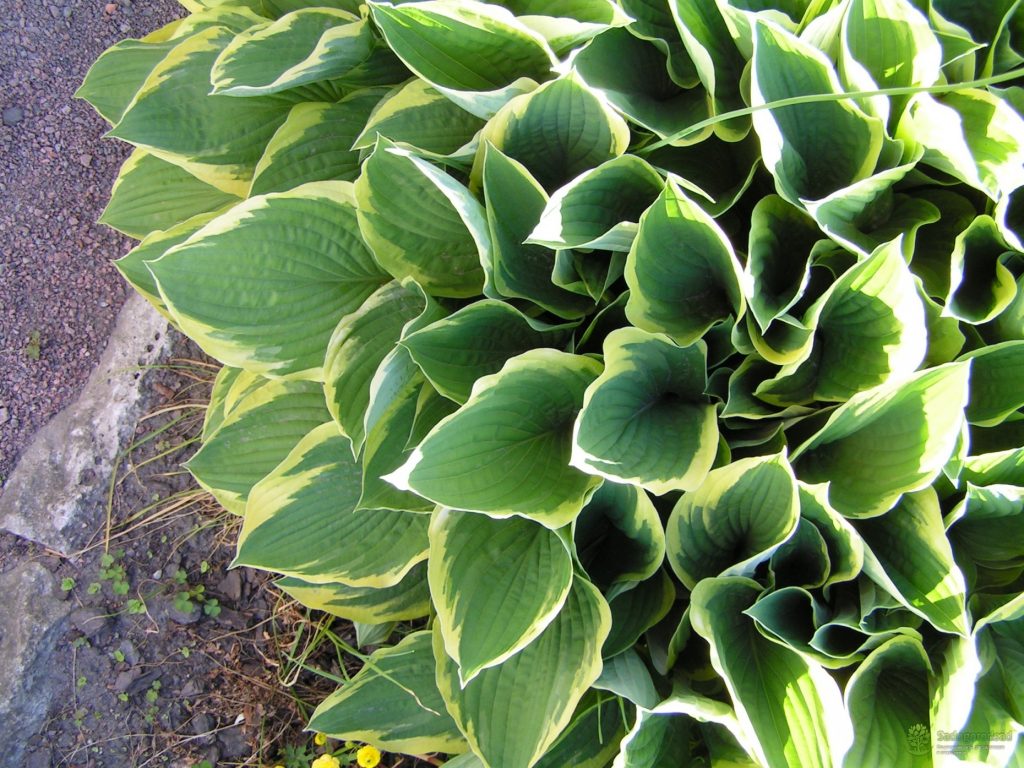Autumn pruning hosts - getting ready for winter
Pruning hostas in the fall with subsequent shelter is an integral part of caring for horticultural crops in preparation for winter. It is carried out on time so that the plant has time to recover before the arrival of winter cold weather. The time period is selected depending on the regional characteristics of cultivation.

To cut off the host for the winter or not if
Optimal timing
Hosta begins to prepare for winter in different regions at different times. However, there is a single rule: the main work (pruning, feeding, watering) must be completed 3-4 weeks before the onset of frost. This is enough for the plant to gain sufficient strength and nutrition before the cold season.
Pre-winter care steps
The main care of the host in the fall includes two main activities - pruning and the subsequent shelter of the flower culture. If the first procedure is mandatory regardless of the growing region, then only gardeners who live in southern areas can neglect insulation.

Do I need to prune hosts to
Pruning
They begin to cut the bush at the end of the flowering stage, which falls on the period from July to October and depends on the climate and varietal affiliation. Faded and already withered buds are subject to the initial removal in order to reduce the consumption of plant forces necessary for the formation and maturation of seeds.
In varieties that do not differ in beautiful flowering, but are grown only for the sake of landscaping, flower arrows tend to be cut immediately after their formation.
According to most experienced gardeners, the hosta needs pruning only for sanitary and aesthetic reasons. Many are inclined to believe that the plant hibernates well enough with uncut leaves and shoots that die off naturally. Preservation of the aerial part before the onset of frost additionally provides adequate nutrition for the root system.
However, if a decision is made to cut the bush, this should be done only after the foliage has completely yellowed.
Technology: shears cut off all leaves, stems - up to 10 cm from the base of growth.
Shelter
The need to shelter a plant for the winter depends on regional characteristics. Although the hosta belongs to frost-resistant horticultural crops, when grown in cold-climate areas, its warming is a must, otherwise the root system will freeze.
The main method of protection is mulching the base area of the bush. Dry grass, tree bark, peat mixture or compost are most often used as mulch, which at the same time will serve as a natural fertilizer.
In the absence of organic matter, agrofibre and spunbond are used to cover the roots.
The technology depends on the presence of pruning:
- an uncut bush is covered with mulch from all sides with a thickness of about 10 cm, without covering the foliage;
- the pruned host is insulated completely, forming a hill.
At the onset of spring heat, the mulching layer or covering material is removed to ensure uniform heating of the roots.
Regional features
Differences in the preparation of hosts for winter in different climatic zones are associated only with the warming of the plant.

Do I need to prune the host for the winter
South
When growing a flower crop in the south of the country, the bush does not need shelter if significant temperature changes are not observed in the winter season.
With the risk of severe frosts, the shelter period falls on the end of October - beginning of November.
Middle lane
In the regions of the Central strip and in the Moscow region, it is required to organize the warming of flowers for the winter, but it will be enough only to mulch the root area. Residents of areas where strong winds are observed, for example, the Volga region, should pay special attention to the creation of protection against wind currents sweeping away the insulating mulch layer, for example, to cover it with agrofibre on top.
The most suitable time is the last days of September - the first half of October.
North
The climate of the northern regions, incl. Urals and Siberia, characterized by severe frosts, has a detrimental effect on the state of the root system of a non-insulated plant. More often in these areas, in addition to mulch, they use coniferous spruce branches and covering material for shelter. The terms of warming the flower culture here are shifted to the beginning - mid-September.

Do I need to cut the host for the winter
Frequent mistakes
When organizing autumn care, beginners often make typical mistakes:
- In the fall, fertilizing with nitrogen is applied. Nitrogen-containing fertilizers activate the growth of green mass, which draws off nutrition from the root system. As a result, the plant is not ready for the onset of cold weather.
- Transplant the bush before winter. The period before the arrival of the first frost is not enough for rooting, and weak roots will not be able to cope with the winter cold.
- Waterproof materials are used for insulation. So, the use of polyethylene as a covering protection disrupts air exchange, causing debate, which adversely affects the condition of the roots.
- Stop watering. Insufficient water and dry soil will cause poor wintering, especially for young seedlings.
- Cut off the bush ahead of time. Cutting off the entire aboveground part of the crop while still actively growing reduces the quality of root nutrition, the condition of which determines how well the plant will survive the cold season.
Gardening tips
In the process of preparing a garden plant for winter, you can use useful tips.

The host must be cut off for the winter
- The host should only be cut with a sharp tool, since lacerations from manually torn leaves heal for a long time, opening the way for pathogenic microorganisms to enter. The culture will spend much more energy on repairing such damage, having weakened before winter.
- In the fall, watering is not stopped abruptly, but the amount is gradually reduced, starting in August, depending on weather conditions, completely stopping the donkey's shelter.
- For additional insulation, you can regularly throw snow on the bush.
- In spring, it is better to remove the mulch so that the soil warms up faster.

